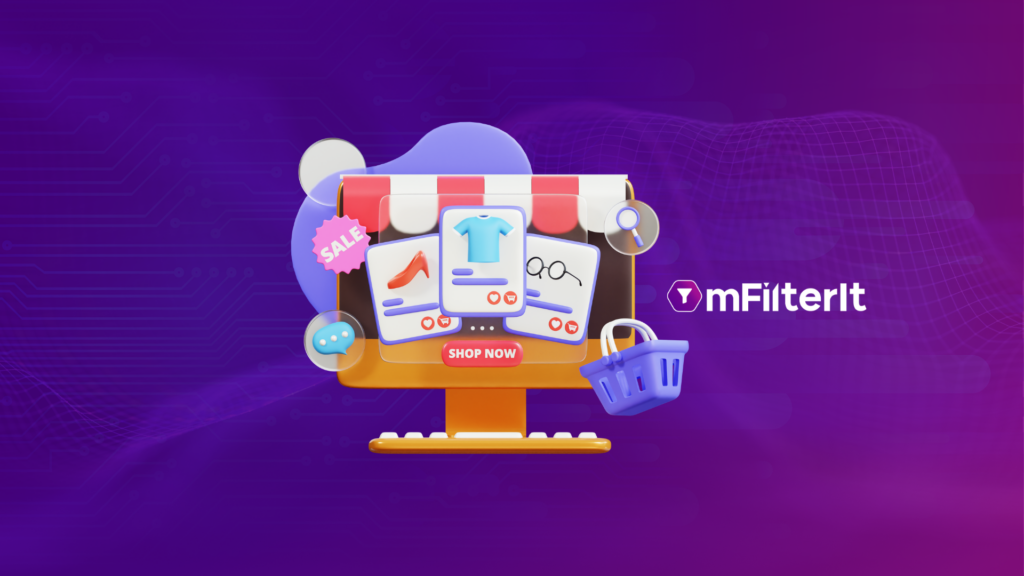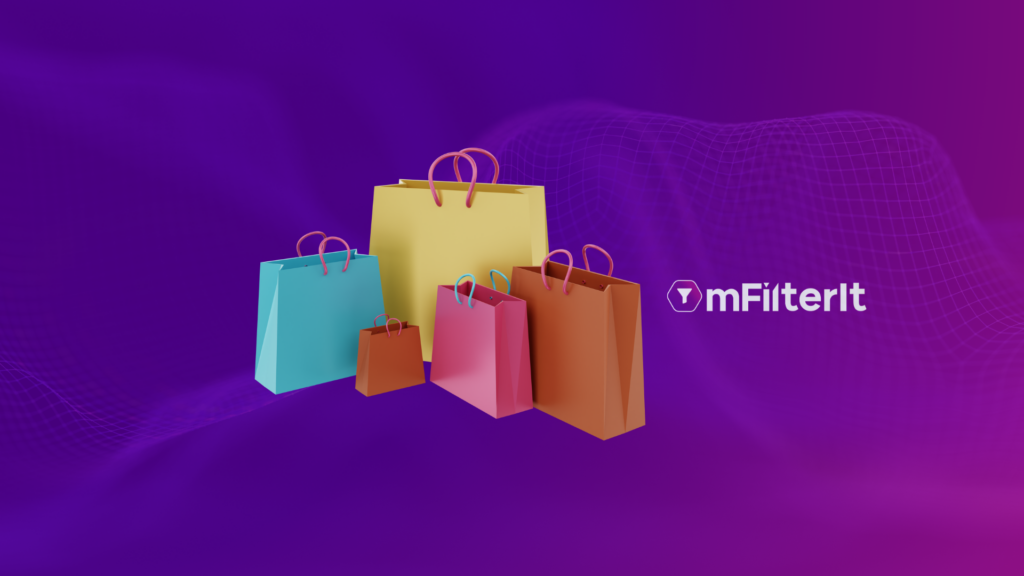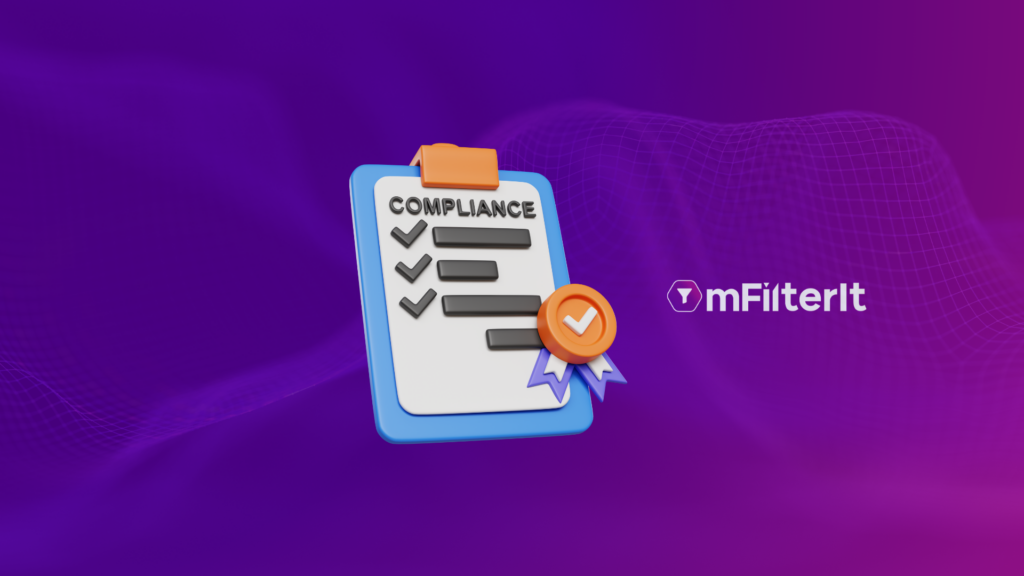Think young… Gen Z the future of eCommerce
Tap on the right demographics sentiment to upswing the conversion rate Change is the only constant. Be it life or shopping behaviour. The different age group has different shopping patterns. The way people in their 20’s shop draws quite a contrast from how people in their 30s shop online. The post-pandemic world has been forced to take rapid strides as does the shopping environment and platforms. We have come a long way from browsing items across the crowded marketplace to browsing the products on your phone across the omnichannel eCommerce landscape. The new generation is driving the new shopping pattern across the eCommerce ecosystem. Even influencing millennials to follow their trait to catch up with the trend empowered with hefty purchase capabilities. Brands need to up with energy-driven restless shoppers pampered with options. Evolve with your shoppers and think young! The turn of a new decade marred with the Coronavirus outbreak has changed the way people shop across the world. Spoilt for choices, just getting a product delivered on time is not enough. Gen Z seeks a seamless, secure and omnichannel eCommerce purchase experience. The competition is more cutthroat than ever. Brands need to be on their toes and optimize every touchpoint of their customer journey. So, what are we waiting for let’s dive deep into what goes behind this change in consumer behaviour, explore the idea and Think Young! Tap on Gen Z Shopping potential – Understand Online Consumer Behaviour A massive wave of evolution has hit online shoppers. The new-generation shoppers are more aware of their options. This evolution in consumer behaviour is a by-product of pandemic lockdowns which brought drastic changes in the eCommerce ecosystem triggering the new age of e-retail on a global scale. What is Consumer Behaviour? In simple terms the process of how consumers make decisions to purchase products on an eCommerce ecosystem. The task is simple – Identify a problem your consumer face while deciding to make a purchase and understand the constantly evolving need and expectations of the consumers. The expectations could be regarding availability, transparency, affordability, or a convenient purchase journey. Brands need to be on their toes and keep track of changing behaviour across platforms, demographics, and a wide range of products. Brands need to be aware of what drives their customers and ensure end-to-end optimization of the eCommerce shopping journey. We can’t generalize the shopping behaviour of the entire generation, as preferences and behaviour could be diverse. How behaviour and consumption patterns have evolved from Gen Y to Gen Z Changing Consumer Behaviour – Think Young for 2023 and Beyond The accelerated pace at which unimaginable changes have happened in the eCommerce marketplaces, what otherwise might have taken a decade happened in days during and post-pandemic. The fact that we are still wondering about it as the curtain draws on 2022 is humongous. Digitization, ordering online, swift delivery and remote working became part of our lives practically overnight. Now, business leaders are moving towards long-term strategic moves, in the new normal scenario and beyond. The challenge is to put the finger on the pulse of evolving consumer sentiment and adapt to data-driven ways to optimize the customer journey. The trends in evolving consumer behaviour are driven by the rapid rise in Gen Z demographics that are more concerned about the convenient shopping experience. The key is to think young tap consumer sentiments and optimize consumer journey at multiple touch points. Shape your strategies to meet consumer expectations and focus on customer journey optimization. The digitally native, mobile-first generation, Gen Z exhibits Search for Convenience and speed Preference for mobile shopping Price sensitivity Choices influenced by social media Omnichannel Shopping If you are looking to reach out to Generation Z or Millennials, do consider the fact that they are well aware of what they need, and the majority of these cohorts already shopped across various eCommerce platforms and have high expectations. Convenience is king. Gen Z and Millennials shoppers bargain for convenience. According to a study, 76% of shoppers vouch for an enhanced shopping experience with convenience being a top priority. Cross-device seamless omnichannel buying experience. Gen Z shoppers do not limit themselves to one shopping avenue. Their buying pattern is all about check-out items when and where they see them in case of tempting impulsive buy. But for focused needs, they check multiple avenues before making a purchase. According to a study, 81% of shoppers are looking for a frictionless, cross-device eCommerce buying experience. According to research, 9 out of 10 shoppers look for seamless and flexible payment options as it speeds up their purchase decisions. To succeed in 2023 and beyond build your visibility across multiple channels and target demographics with competitive intelligence. Invest in creative content and ideally implement media strategy to upscale traffic. Source: Based on McKinsey Gen Z Survey Report Final Thoughts Put your foot on the pedal to keep up with the Gen Z! Do you know what your customer thinks about your product? Are you tracking what they say about it? If you are not, then you are missing out on a lot more than what you think – Rather than shooting in the dark switch to a data-driven digital Intelligence solution to combat new challenges in the new year. Track trends across omnichannel eCommerce to monitor consumer behaviour across platforms. Be there at the right time at the right place with the right price to attract the consumer. Don’t miss out cater to the needs of a rising caravan of new shoppers with mScanIt, ecommerce intelligence solution. Understand what they want and cater to the growing Gen Z demographic. The massive rate of high-speed internet penetration has led to an incredible rise in new shoppers. The tier-1 and tier-2 cities are riding the wave of online shopping over the bustling market rush and Gen Z is leading the way. The new narrative of optimizing the customer journey will shape the eCommerce ecosystem in 2023 and beyond.
Think young… Gen Z the future of eCommerce Read More »










